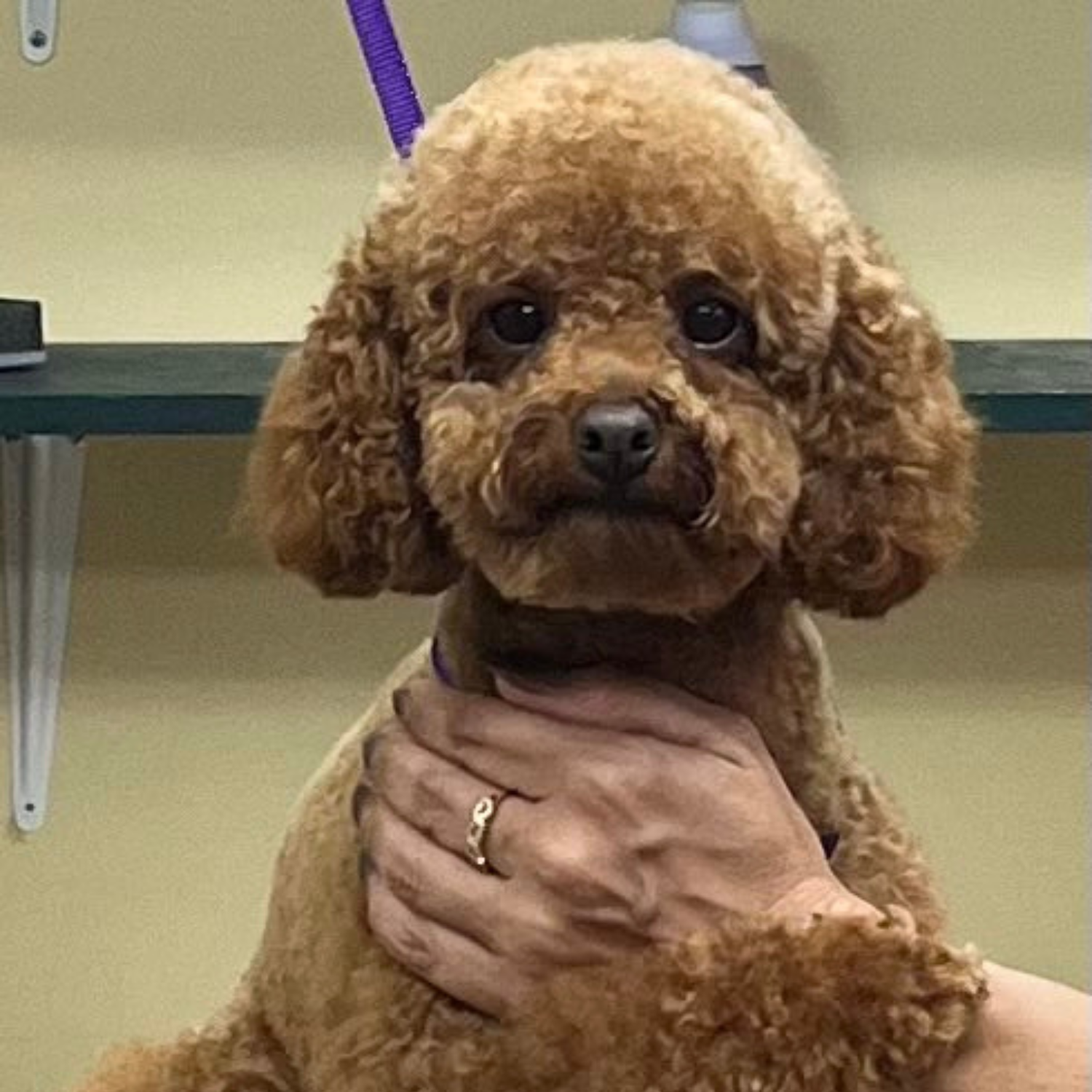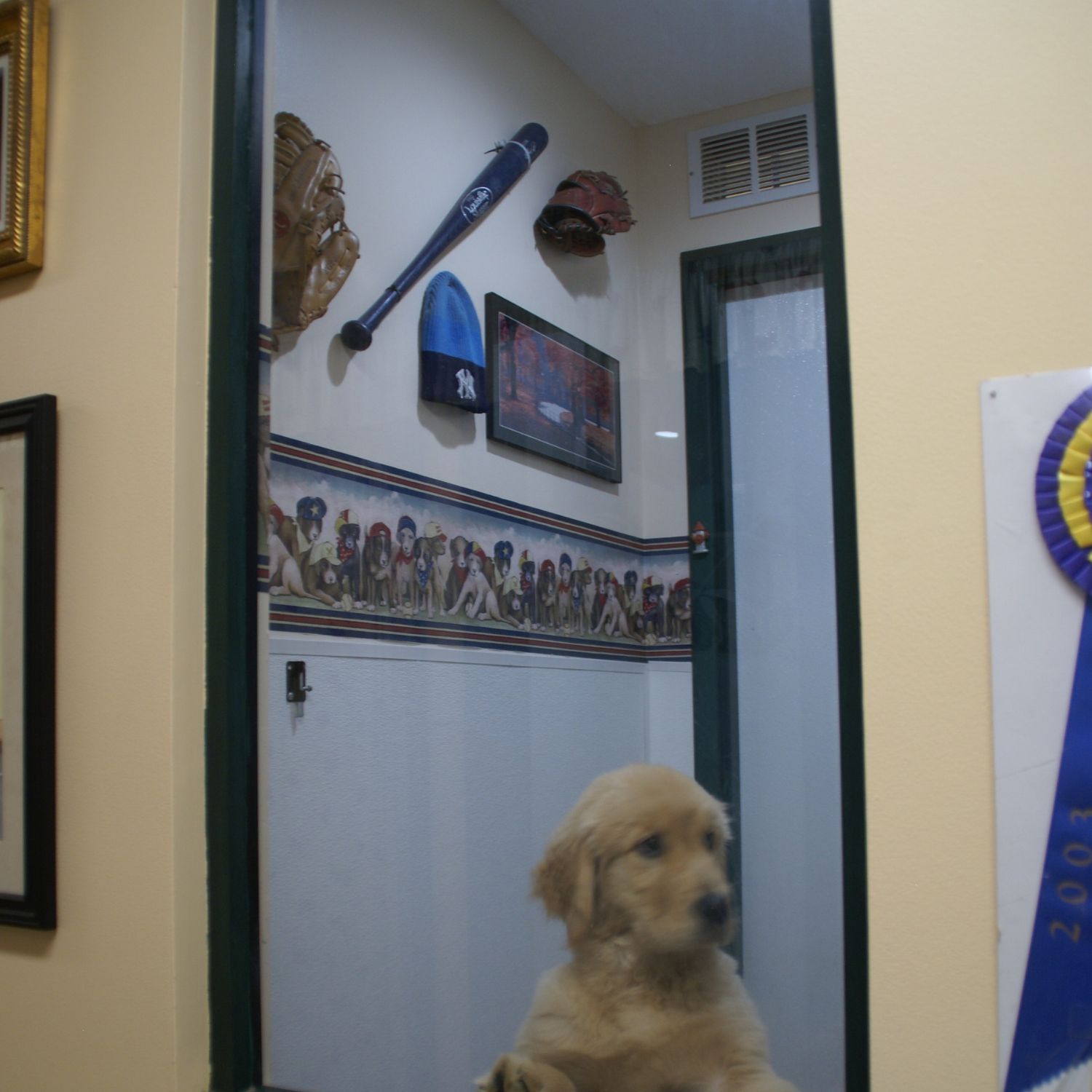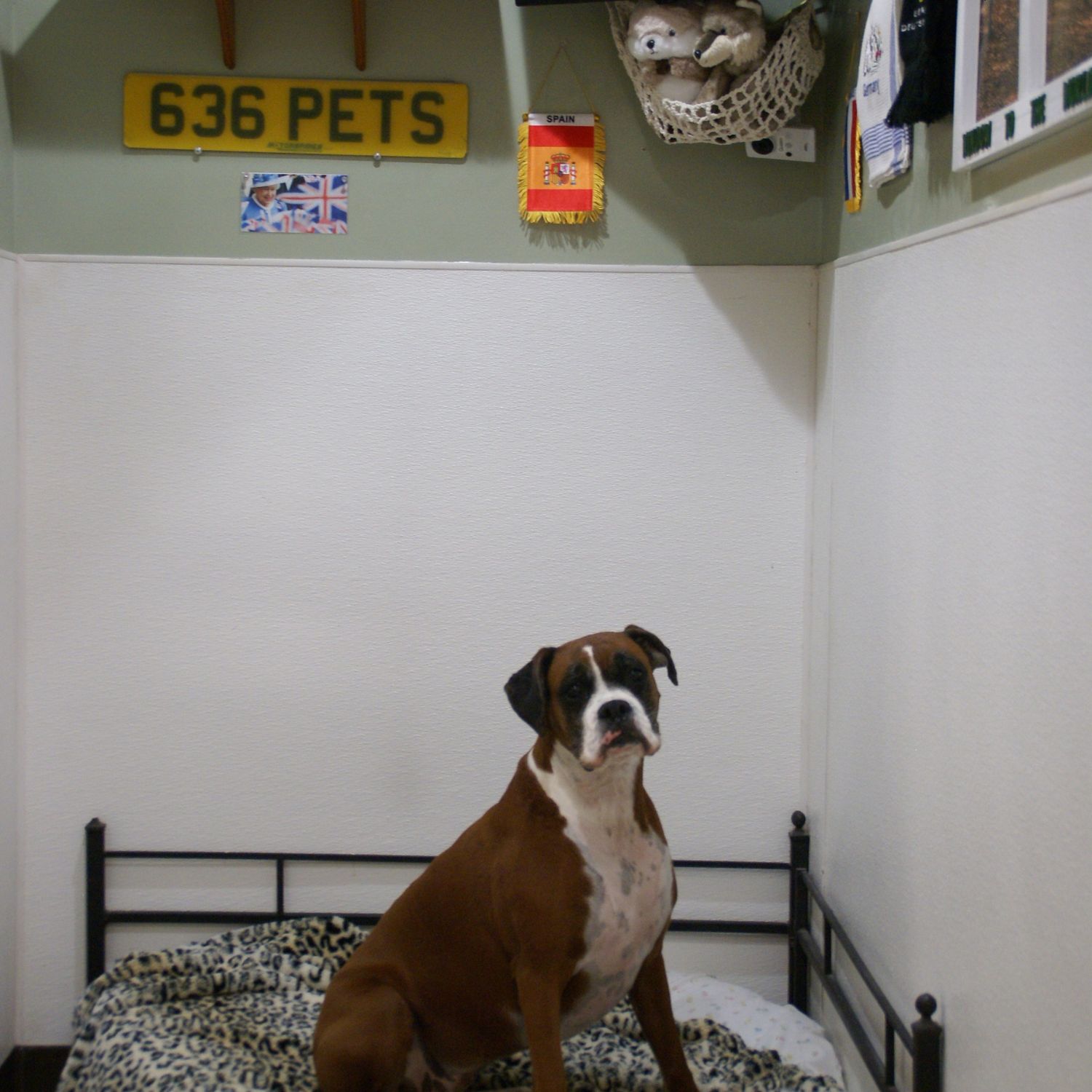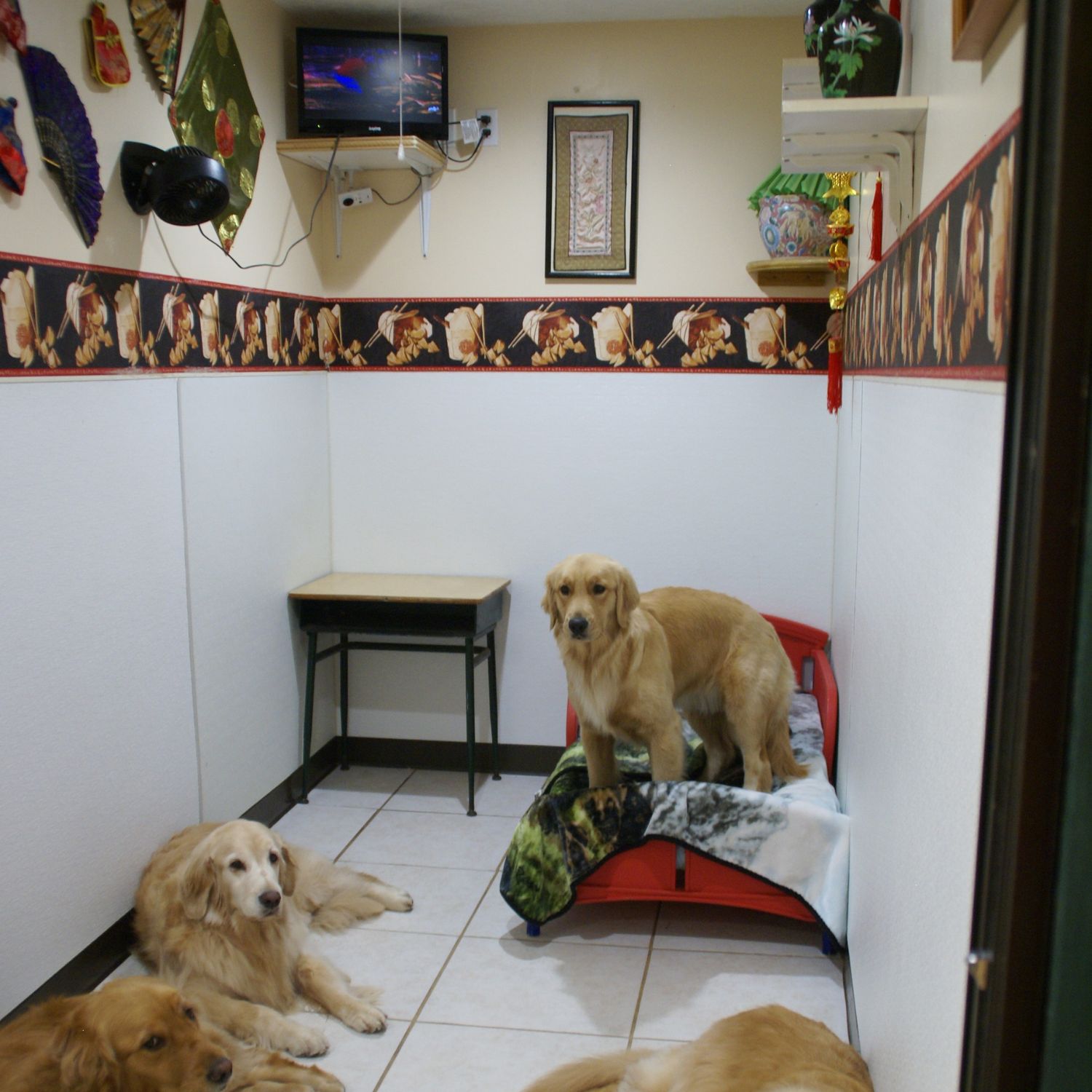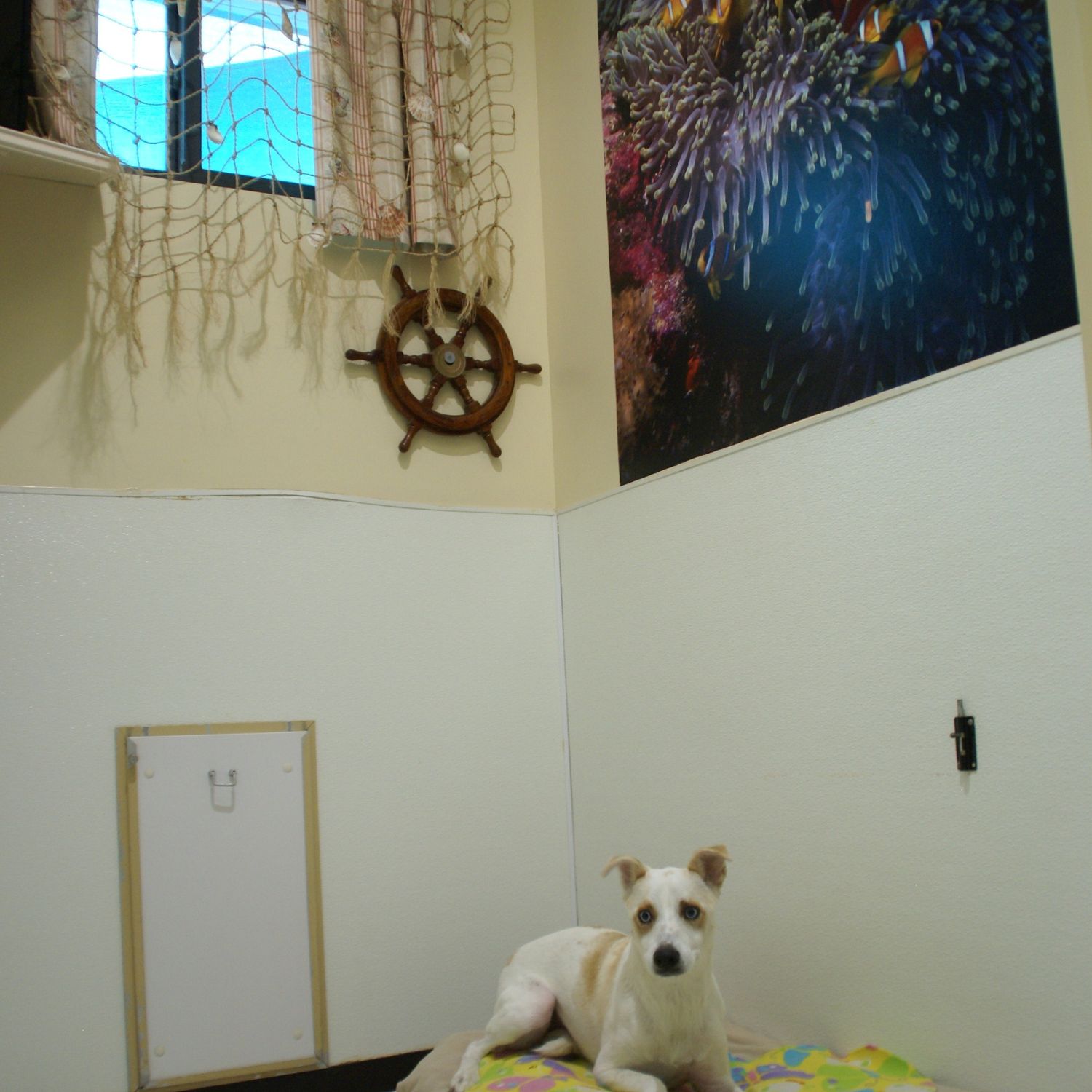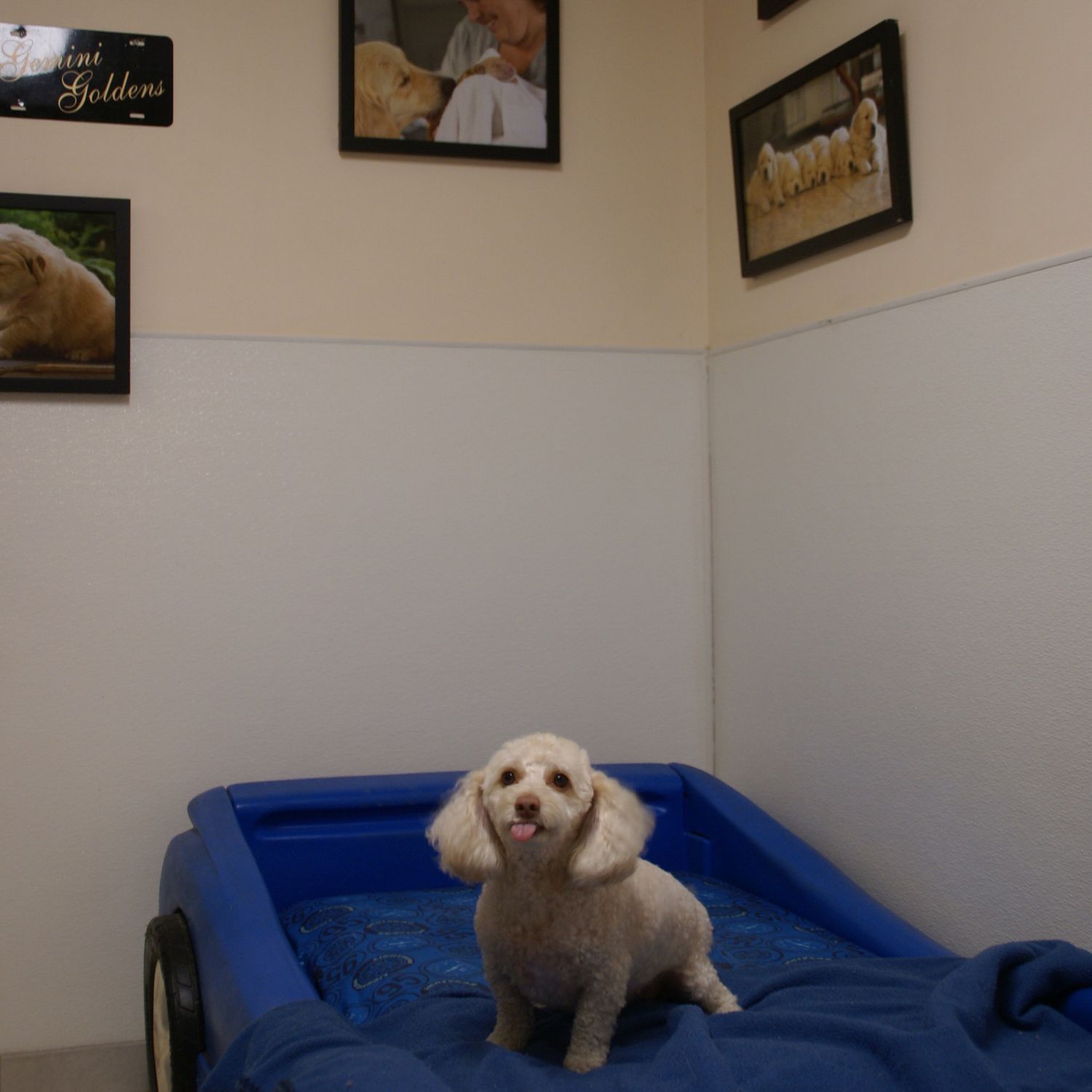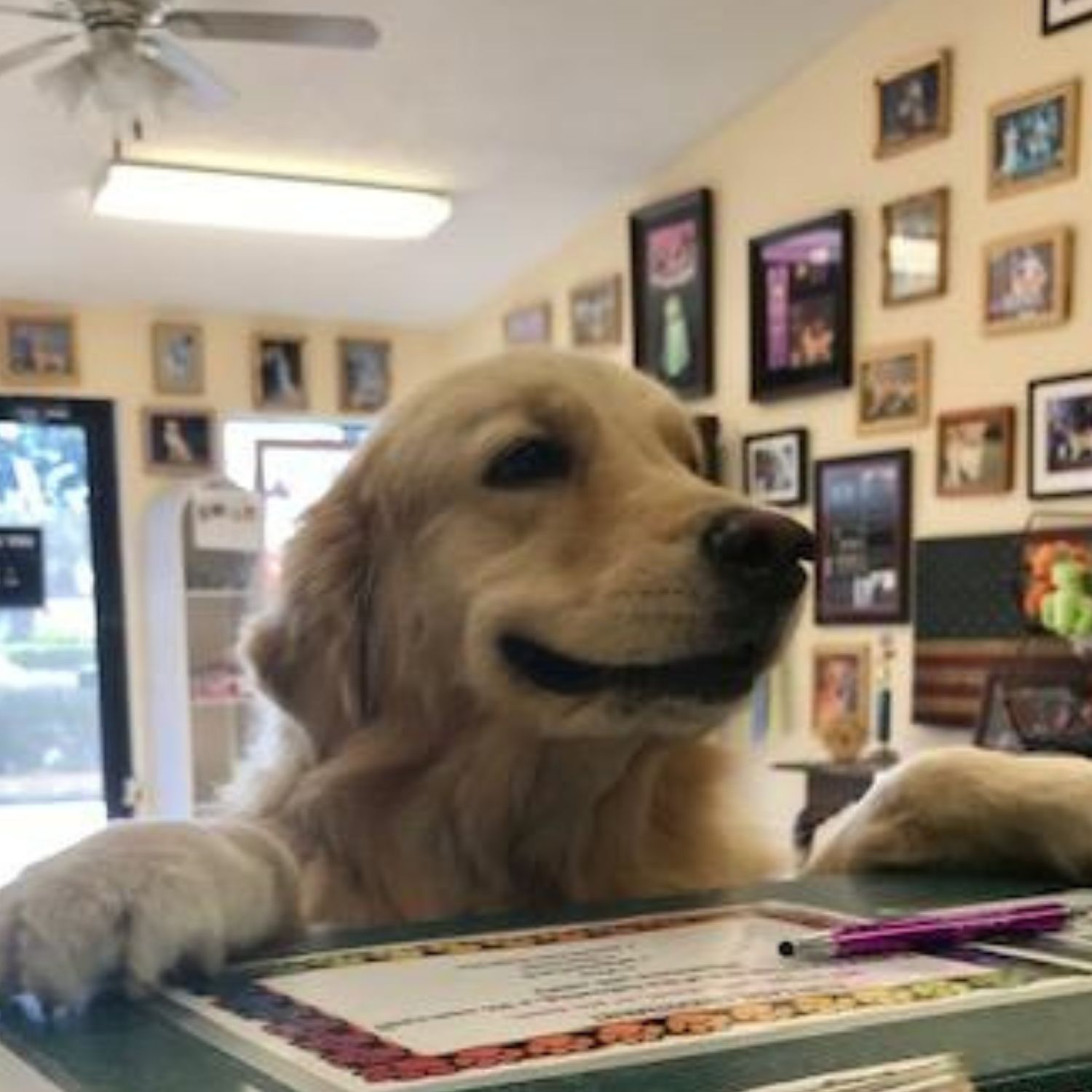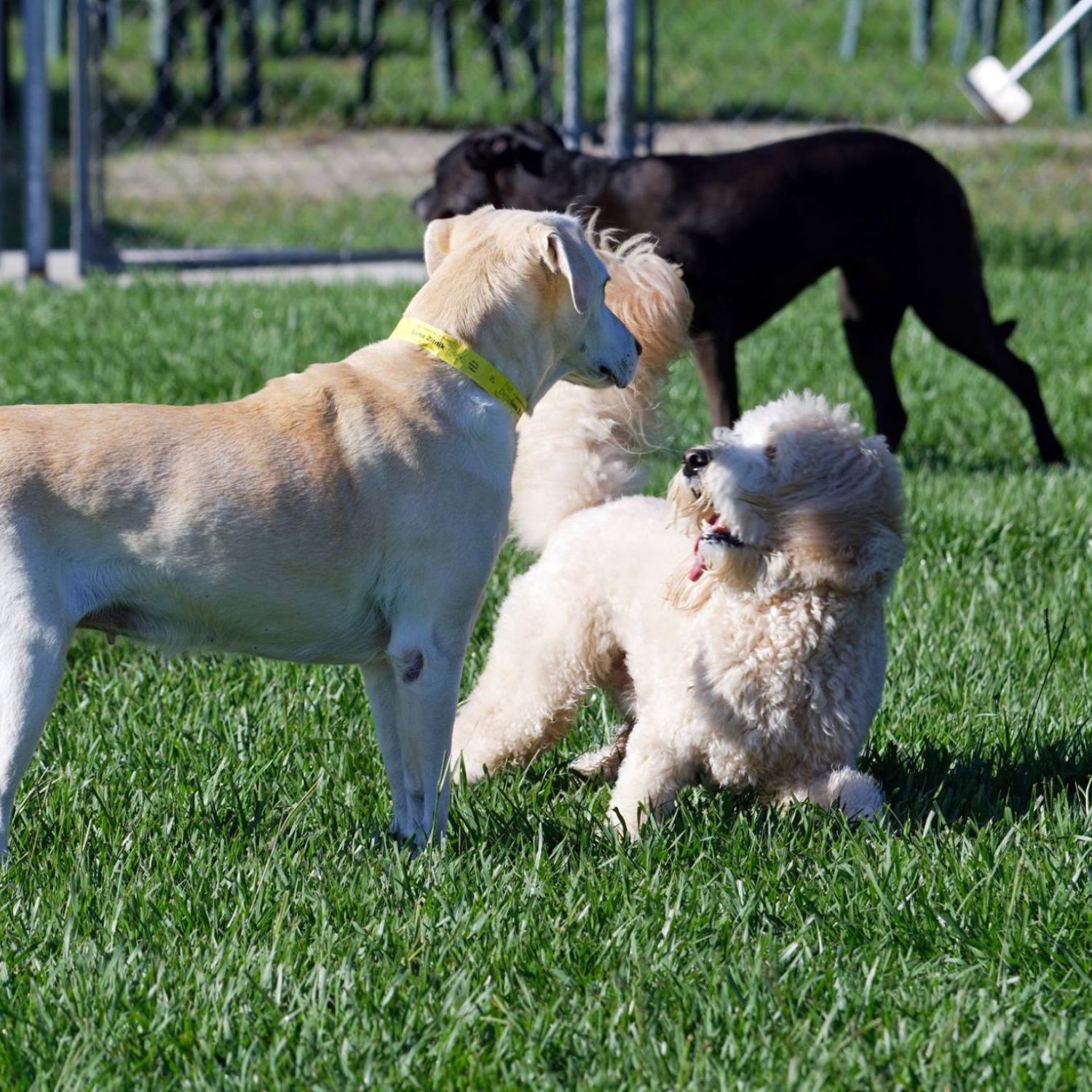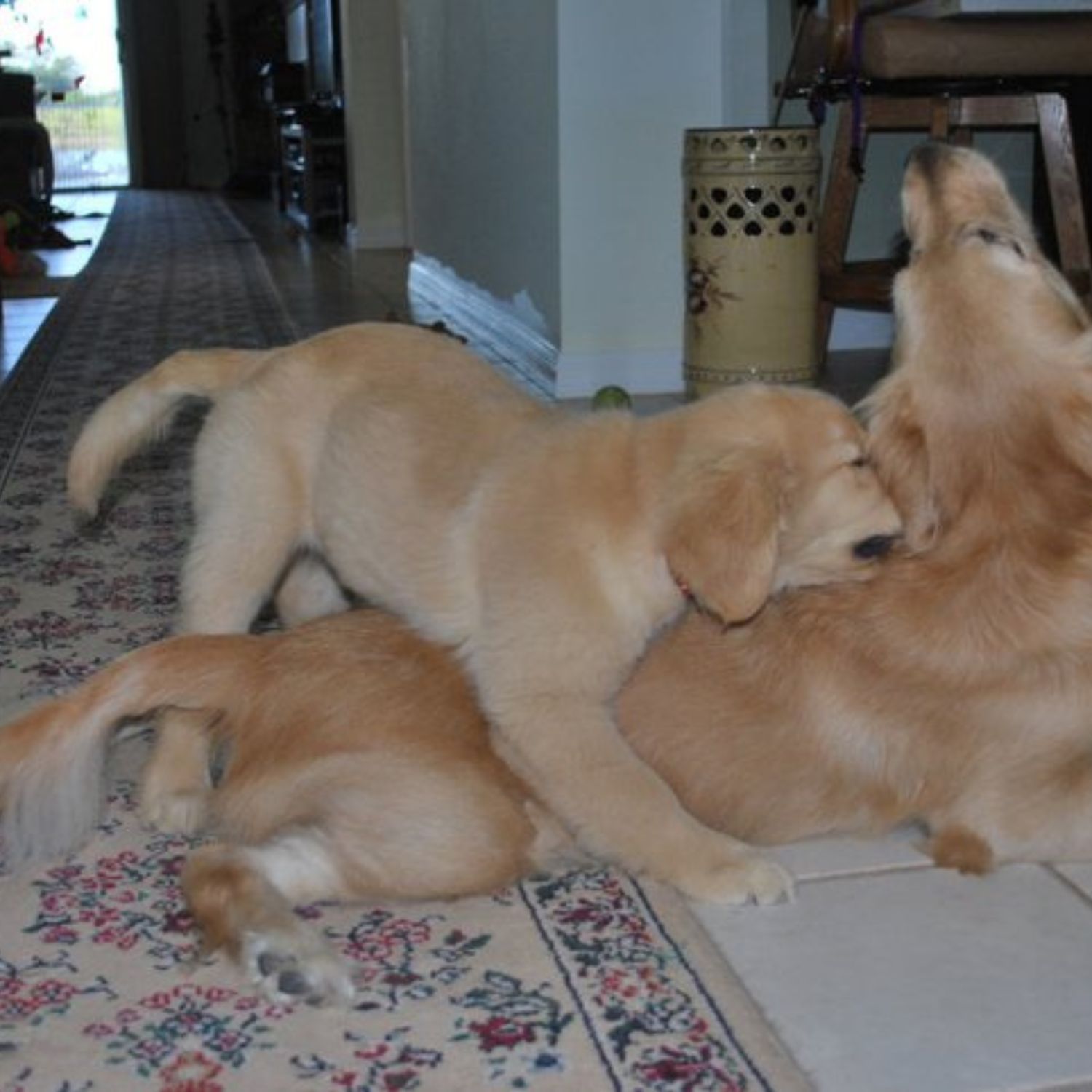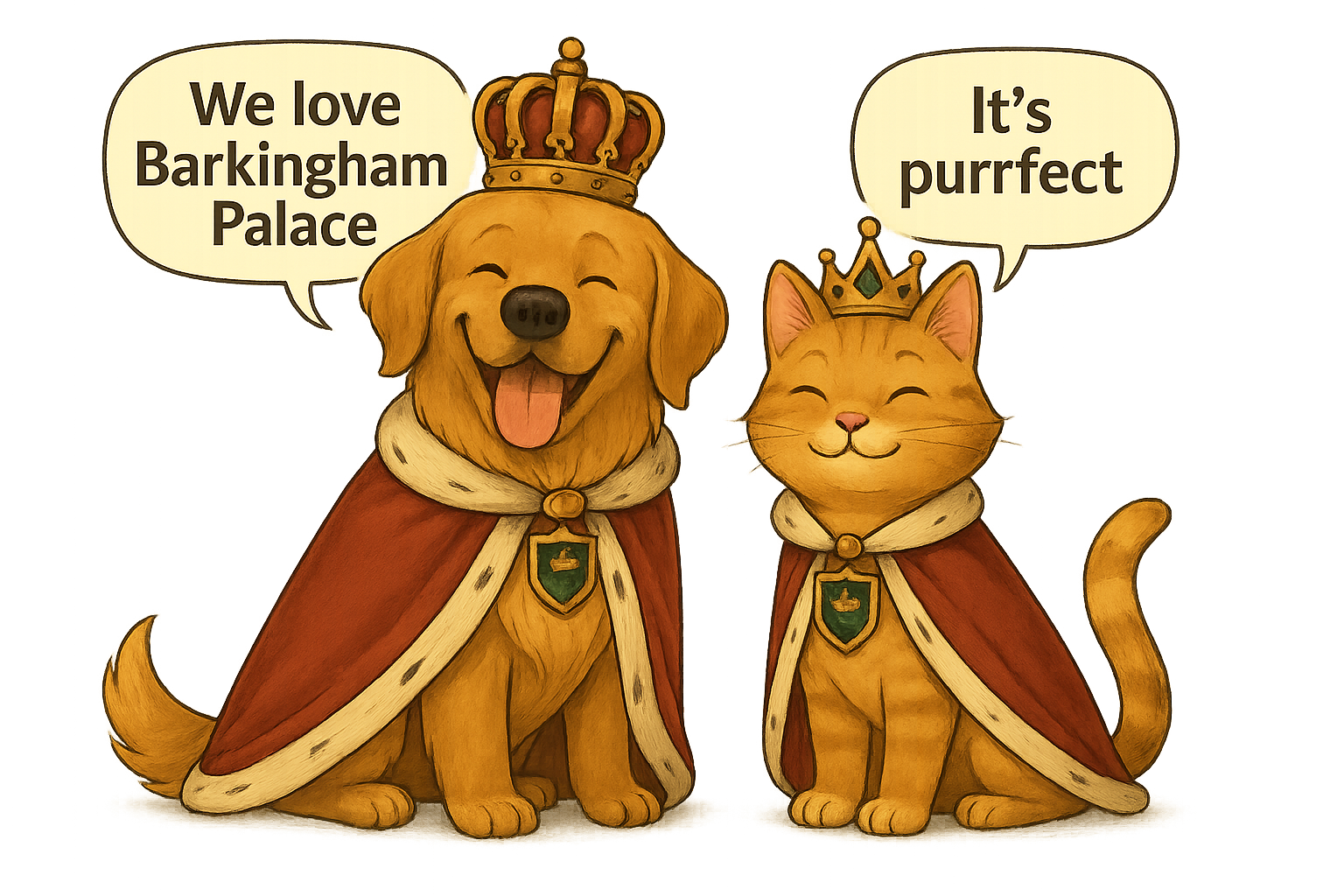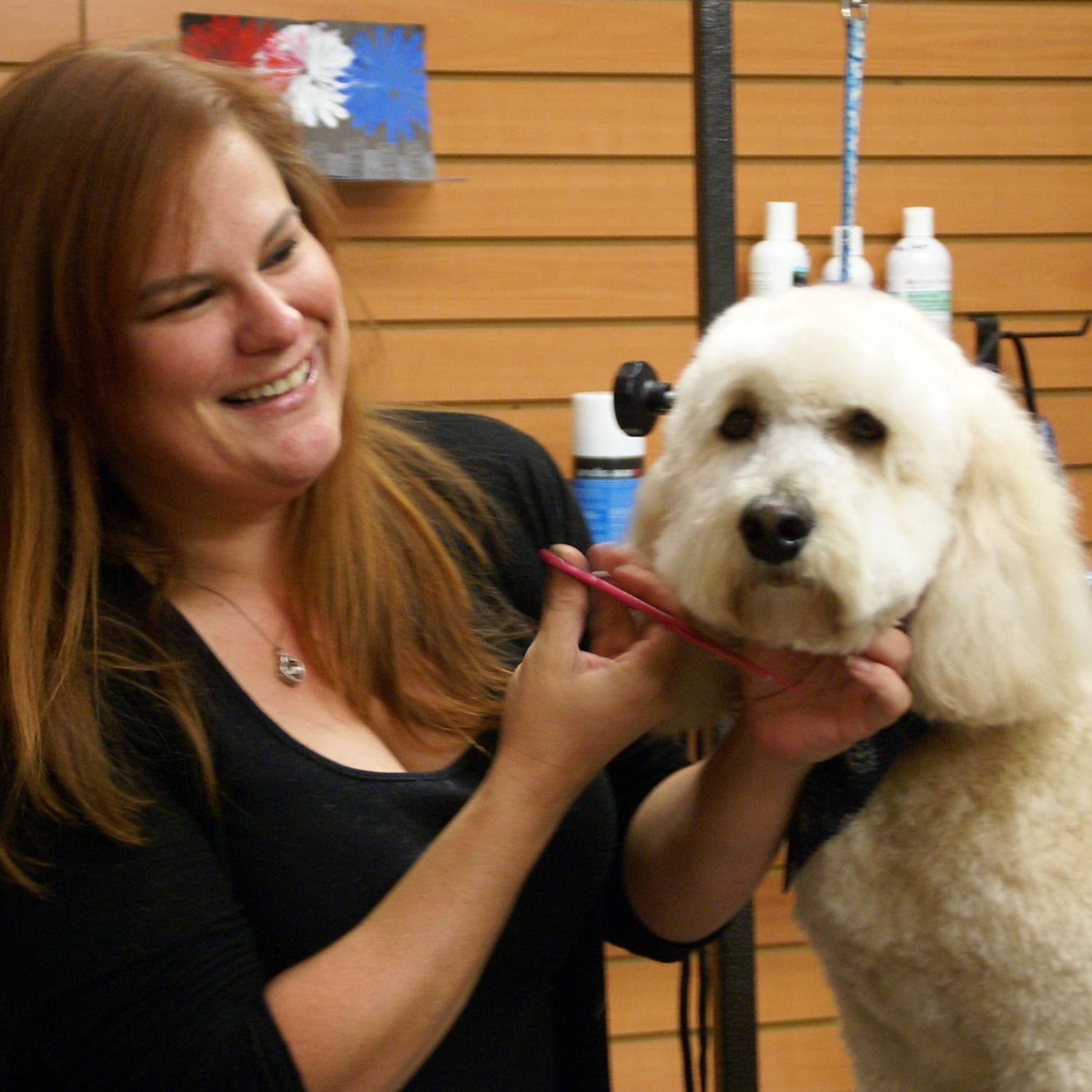
Grooming Services
Book a spa day for your pup
From full-service grooms to quick touch-ups, our expert groomers treat every pet with patience and polish.

Daycare Fun
Enroll in social play today
Our structured, supervised playgroups give dogs the perfect balance of fun, exercise, and safe interaction.

Overnight Boarding
Reserve a suite for your stay
From standard runs to themed luxury suites, our boarding options are safe, clean, and watched overnight by on-site staff.
Gemini Goldens, Florida’s premier golden retriever breeder, was founded in 2000 by Candi and Dick Pearce. The mission of Gemini Goldens is to breed a unique line of versatile golden retriever show dogs. The show dogs that Gemini Goldens develops are well-rounded and multi-talented, which has satisfied a number of customers in Florida and across the United States.
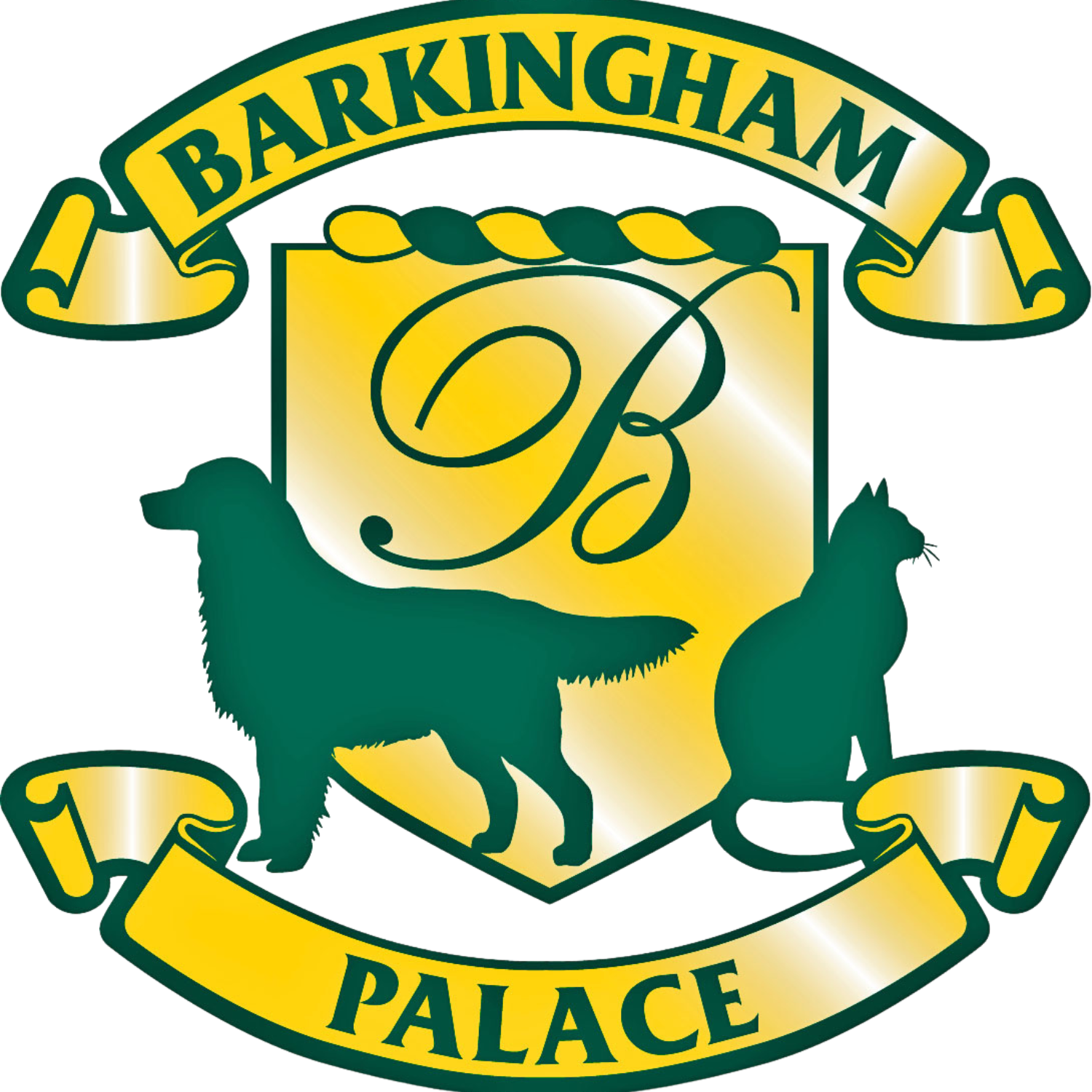
Add On’s
In House Training- $500.00
Playtimes: $10/session (2nd dog free)
Medications- $5.00
Puppy Rate in Kitchen- $44.00
All grooming sessions include:
A bath with shampoo and conditioner chosen to compliment your dog’s coat and skin needs
A blow out to fluff, dry and/or release undercoat
Ear cleaning
Nail trim
And a full body haircut of your choice
Additional services provided by request include:
Gland expression
Teeth brushing
Nail filing
And Ear Plucking

The Royal Treatment
See what sets us apart
Unlike corporate kennels, our family-owned palace puts transparency and experience first. Tours always welcome.

Potty Outside, Party Inside
Tour our potty fields in person
We maintain clean air by pottying outside, keeping dogs trained and facilities fresh for every furry guest.
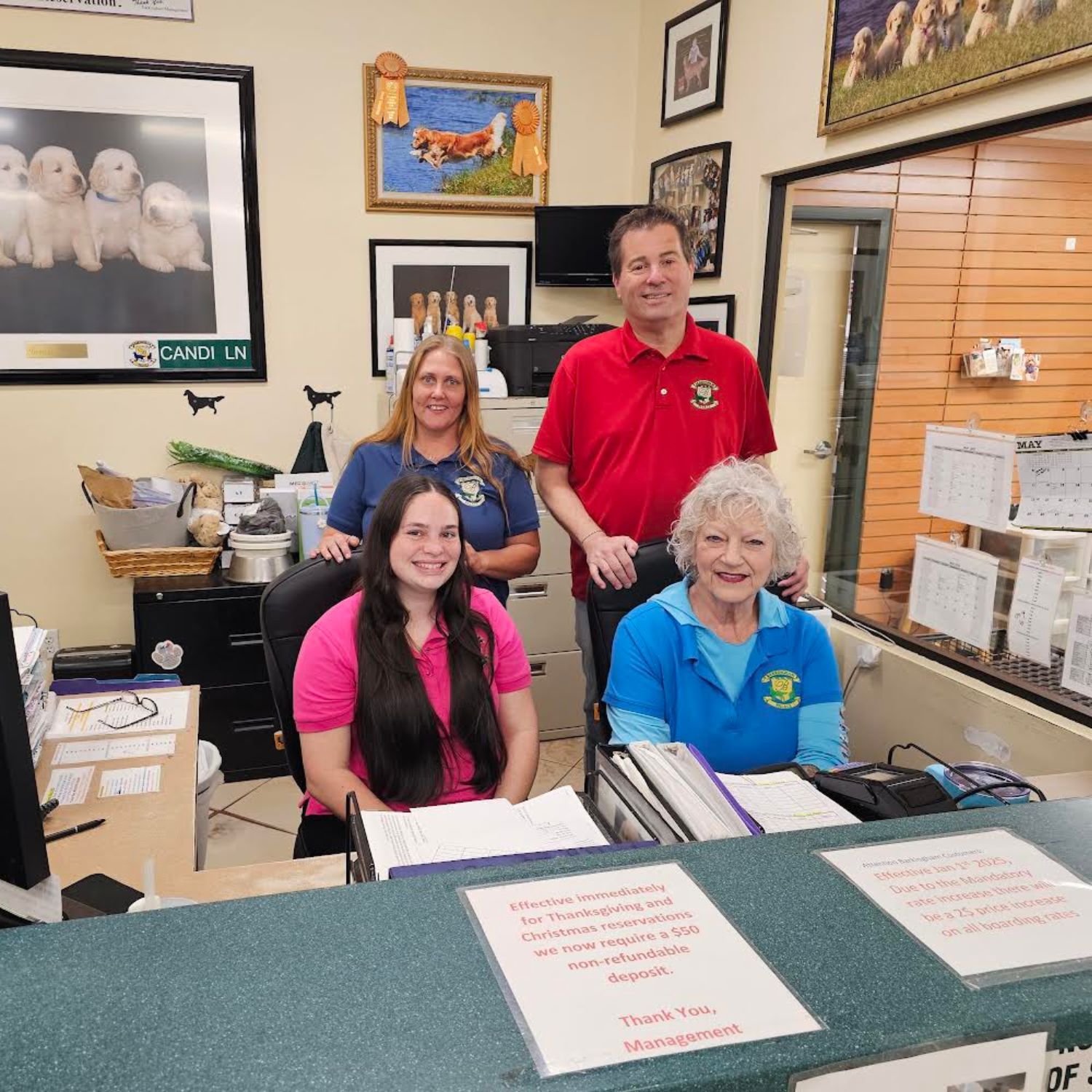
Meet Our Loyal Staff
Ask about our team’s tenure
Many of our team members have been here over a decade—giving pets consistent, caring support every visit.
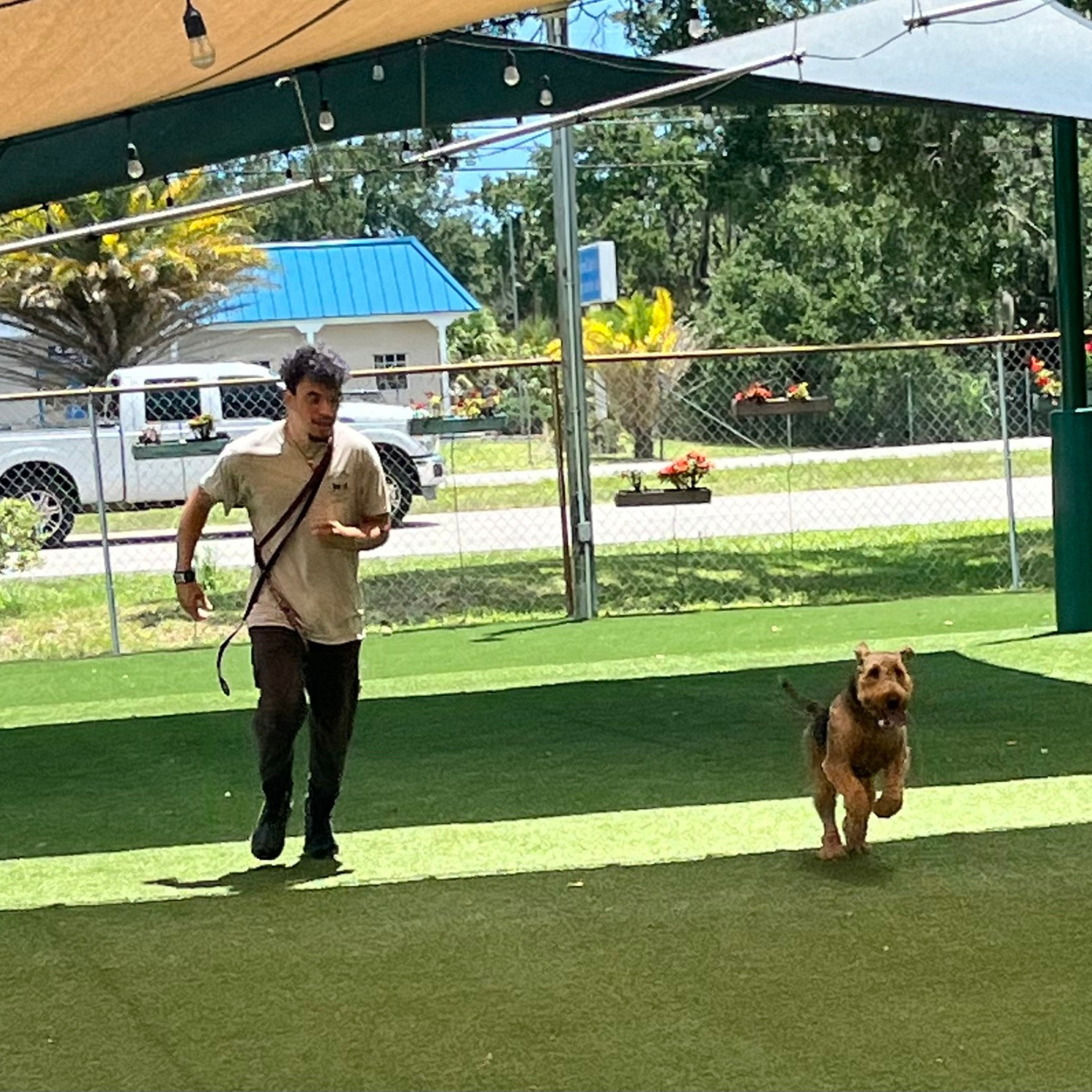
Nighttime Peace of Mind
On-site care around the clock
Your pet is never alone—we live on-site to make sure their needs are met 24/7, every single night.

